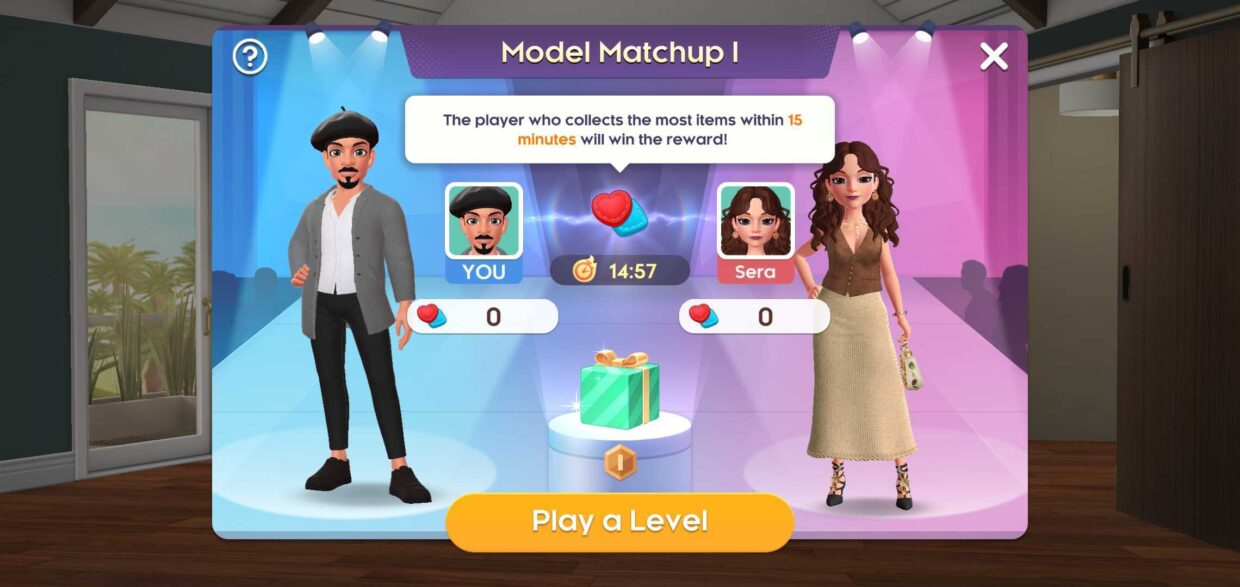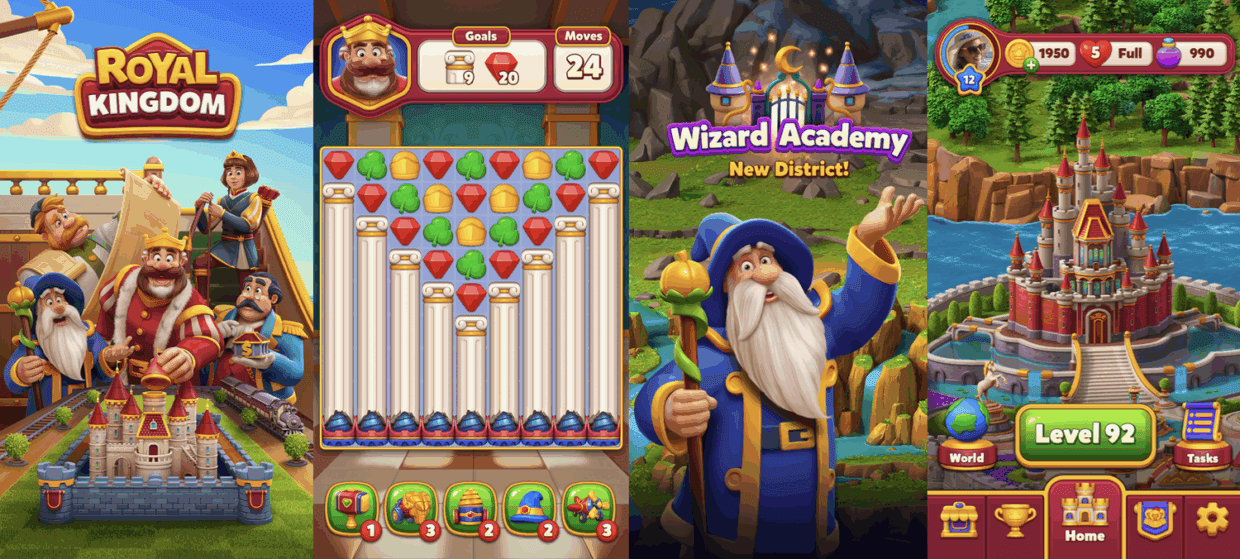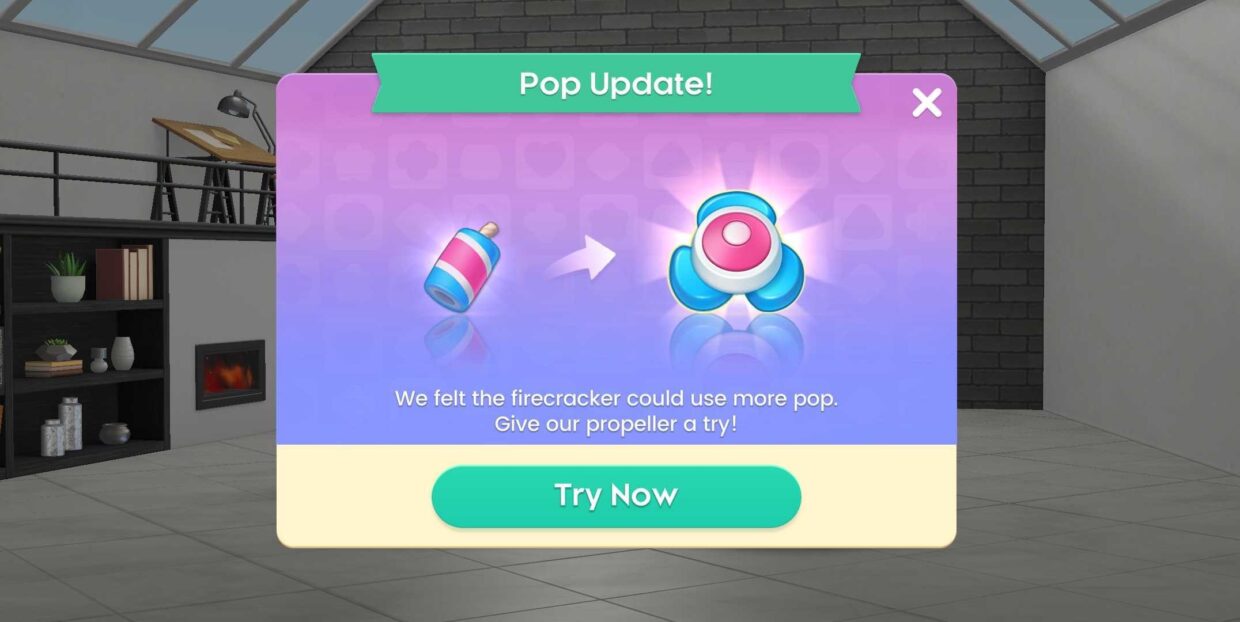Why You Need to Keep Failing Even When You’re at the Top
When we look at the top games on the charts, the Royal Matches, the Candy Crush Sagas, the Project Makeovers, it’s easy to imagine that their developers must have discovered a secret formula. "It's all in the numbers", we think. "They must have the most perfect roadmap with every step masterfully calculated". But the reality is much messier than that. In truth, the more successful your game becomes, the more you need to fail in order to sustain and even grow that success. Because early success, while still a tremendous feat, often leans heavily on well-known moves: adopting established best practices, leveraging known market behaviors, following paths already proven by others. You can copy, adapt, and execute. And if you do it better or more efficiently, you can thrive to a certain extent. However, once you graduate from that initial […]













